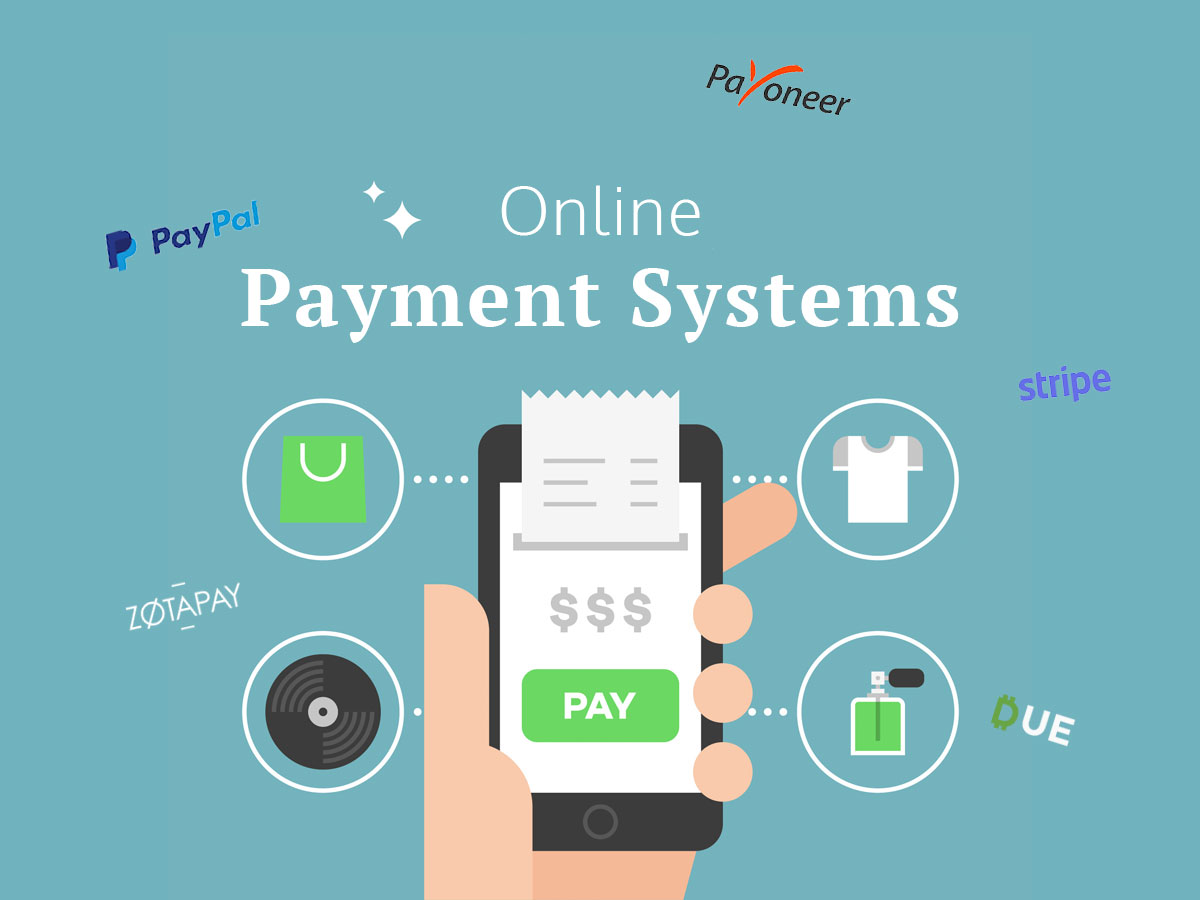As consumers have more options than ever for online shopping, merchants have more decisions about how to make things easier for both sides of the transaction process. Merchants want to ensure that their customers have nothing short of the best while keeping the transaction process simple for themselves. A number of enterprises are already working toward this goal. Take shopping cart ecommerce software, for example.
In the beginning, setting up a payment system for an electronic storefront was complicated and expensive. Banks didn’t fully trust the process, and consumers were worried about the security of their financial information. Now that eCommerce is so widespread, and web security is tighter than ever, it’s easier for business owners to get merchant accounts for payment processing, and consumers are spending more online than ever before. However, with better technology and easier access comes more confusion for the business owner.
What to Look for in Shopping Cart Software
Not all electronic checkout systems are the same, and which you choose depends on a number of factors, such as the size of your inventory and your sales volume. A small specialty shop that has one or two items doesn’t need the same level of functionality as a large, multinational chain with hundreds of products.
There are four essential questions to ask yourself before committing to a shopping cart solution for your business:
- Flexibility. Is the provider offering you a software package that’s scalable? Is it easy to add features as you need them?
- Support. What is the provider’s policy on handling complaints? Do they have tech support available 24/7? Is support part of the package, or will it cost extra?
- Security. Trust is paramount to success in any business, and you want to build on that with your customers. There’s no such thing as too many security measures, but be careful about making the overall shopping experience burdensome.
- Cloud or PC-based. This is really a choice between hiring a company to host your checkout system, or using a system that’s run from your own computer. There is little difference between the two from a security standpoint, but with a hosted system, updates and maintenance are usually included as part of the package, or at a small fee.
What’s in Your Shopping Cart?
Although each business is unique and has different requirements, there are some things that every eCommerce website should include in its checkout system. Surveys from businesses and consumers alike point to four essential features that every shopping cart should have:
- Cross-platform integration. Most people are mobile, and you want your website and checkout system to work the same on a tablet or a smart phone as it does on a PC.
- Clear, easy-to-see product images that are interactive. Online shopping is risky for the consumer, and you need to give them a good idea of what your products look like in detail before they click the ‘buy now button.
- Single-page checkouts. Consumers want to be able to finish their purchase and get on with their lives, not navigate five pages to complete a transaction.
- Options. This means giving the customer different payment options, such as through PayPal and several different credit card companies.
There are literally hundreds of software providers for eCommerce websites. Before you purchase shopping cart software, evaluate what your business needs to best serve your customers, and then shop around for the right provider for you.




Be First to Comment